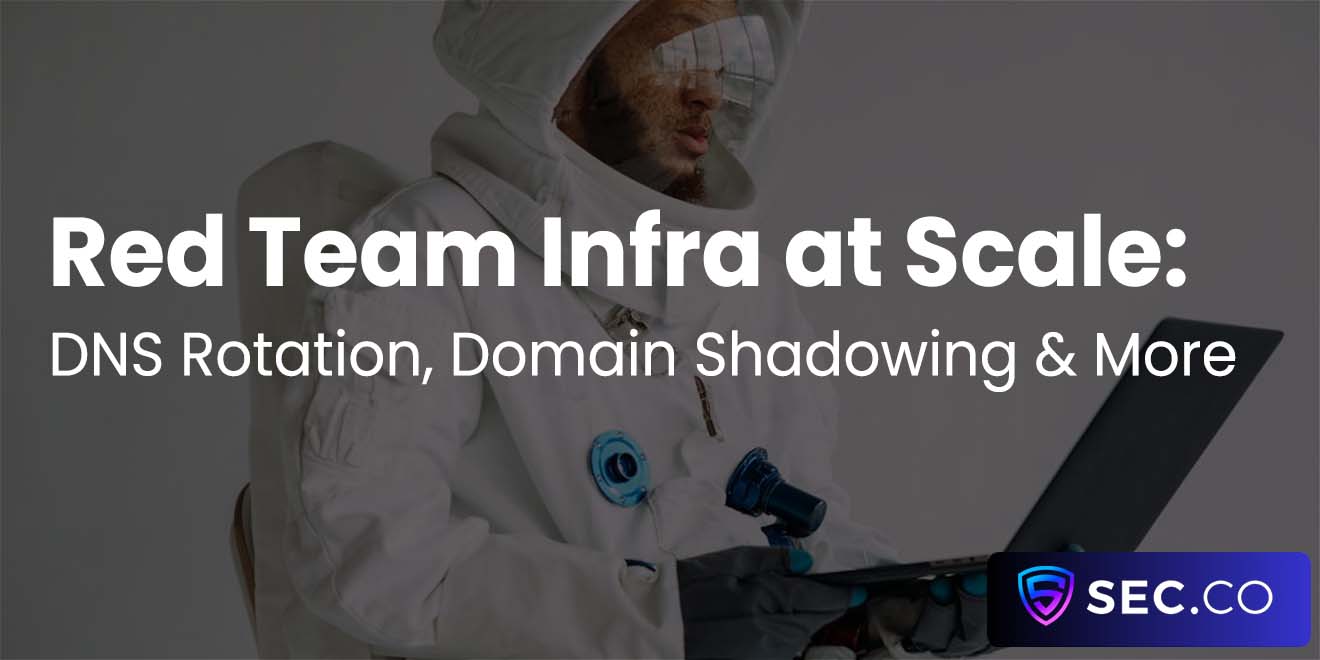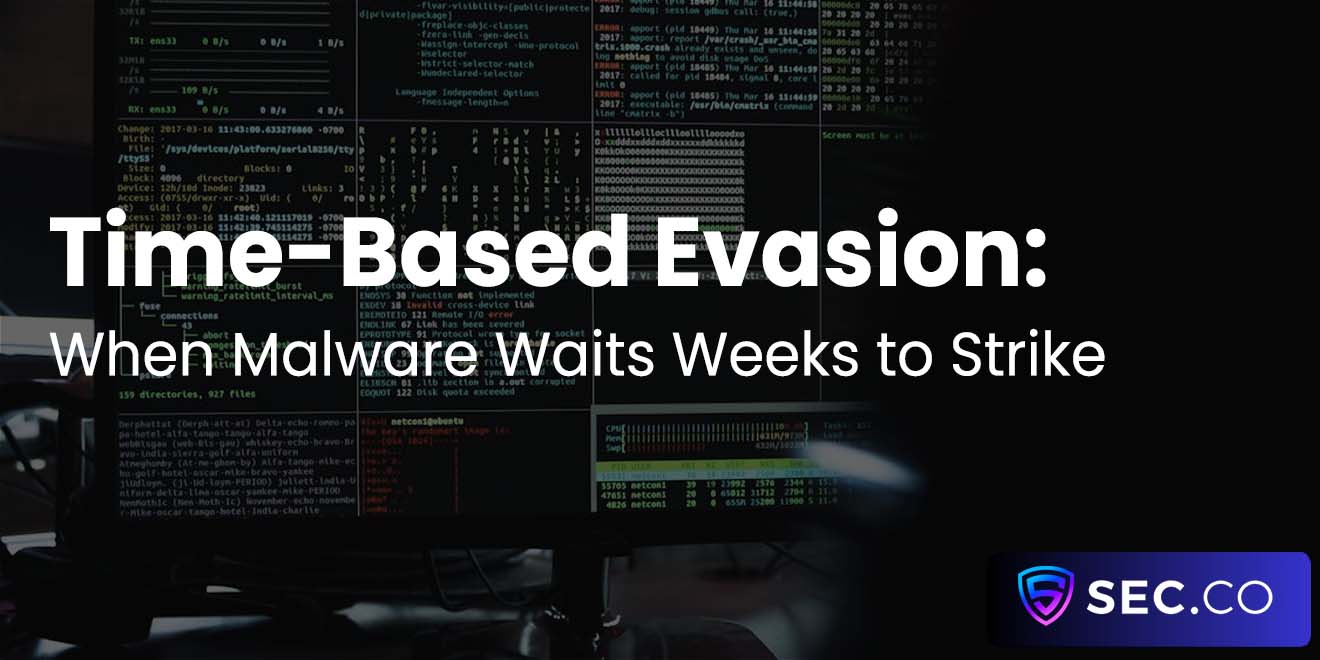Real-Time Packet Inspection: Deep Dive into Performance vs Precision
Raise your hand if you’ve ever been frustrated by a sluggish network or an unexpected security incident at the office. It might sound a bit dramatic, but as businesses and government agencies alike grow more reliant on fast and secure data exchanges, the tension between performance and precision in real-time packet inspection has reached center stage.
In my own experience talking to IT folks—from smaller startups to sprawling corporate giants—each team is desperate to keep networks safe without creating a nightmare of latency and false alarms. Let’s explore why real-time packet inspection matters, and how you can walk the tightrope between efficiency and accuracy.
Why Real-Time Matters More Than Ever
Let’s start with the basics: You’ve got a massive volume of data streaming in and out of your network every second. In a perfect world, only good, legitimate traffic would flow freely, and any malicious stuff would get denied entry at the door. That’s where packet inspection technology steps in. Traditional firewalls or intrusion detection systems often check just a portion of each packet’s metadata—think source IP or port.
But sophisticated threats hide deeper in the data payload itself, counting on cursory security checks to miss them. Real-time inspection means your security solutions examine packets on the fly, right when they hit the network perimeter, rather than saving them for later. Sounds simple enough, but doing this thoroughly takes resources, and if your approach is too cumbersome, you can end up with slow network speeds, frustrated users, and plenty of complaints.
The Performance-Precision Dilemma
Picture a seesaw. On one side, you’ve got performance: the speed and efficiency to handle a high volume of traffic without turning your network into a crawling queue of half-processed data. On the other side, you have precision: the depth of inspection needed to identify advanced malware, nefarious scripts, or unusual patterns that might indicate a security breach. Lean too far toward performance and a chunk of malicious traffic might slip through.
Go the other way and risk overzealous scanning that treats benign data transfers like they’re threats, sending up red flags for every little anomaly. Striking that balance is no small feat. Some organizations can handle occasional slight delays in favor of thorough scanning. Others, like e-commerce platforms during holiday shopping surges or financial trading systems that prize sub-millisecond response times, will balk at anything that might hamper speed.
How Hardware Acceleration and Specialized Software Step Up

A popular way to ease the load is hardware acceleration. This is where specialized appliances—often featuring chips called ASICs—do a big part of the heavy lifting. Think of them as security checkpoint staff focused solely on scanning, letting the CPU handle everything else (like user queries or database management).
Organizations with huge bandwidth demands—maybe a data center or a large Internet Service Provider—often love this approach because it offloads the grunt work to dedicated hardware, helping maintain performance even during traffic spikes. Meanwhile, you’ve got software-based inspection tools that rely on algorithmic wizardry.
Advanced scanning engines can adapt to the latest threat intelligence updates much faster than hardware alone. For smaller or mid-sized businesses, these software solutions might be more budget-friendly or flexible. But if your traffic volume is high or if you need to scale quickly, you could end up overloading the general-purpose CPU.
Context Is Your Best Friend
One thing security professionals sometimes forget is that it’s not enough to stare at each packet in isolation. Real-time inspection tools that are “context-aware” piece together the broader story. They examine the session or flow, tracking how data behaves over time rather than making decisions on a single snippet of information. It’s like an airport customs officer who doesn’t just verify your passport, but also looks at your flight history and pays attention to how you’re reacting in line.
A context-aware approach is especially valuable against advanced persistent threats (APTs), where bad actors take their time—sometimes weeks or months—to compromise a system. Rather than launching direct, noisy attacks, they might send smaller, stealthier signals that add up. Context-aware inspection can spot these suspicious communication patterns more effectively than a simplistic approach.
Embracing Machine Learning (Cautiously)
You might have heard the buzz about using machine learning in cybersecurity. Plenty of real-time inspection solutions now integrate ML models to identify anomalies. If certain traffic patterns deviate from what the system knows to be normal, that traffic gets flagged for review. This can provide superior detection for zero-day threats or brand-new malware variants that slip past rules-based systems. That said, machine learning is not a set-it-and-forget-it magic trick.
Models need current data and ongoing “training” to remain accurate. I’ve seen setups that worked brilliantly at first, only to deteriorate when teams forgot to update them or underestimated how quickly threats evolve. The last thing you want is a fancy system that spams your inbox with false alerts just because it’s fallen out of sync with real-world conditions. The key is consistent tuning and having people on board—a well-trained security team—to interpret the results.
Weighing Costs and Returns
Real-time packet inspection, especially when done properly, can demand a significant budget. Hardware acceleration units, licensing for enterprise-level software, plus the staff hours needed to manage and fine-tune the system—these aren’t small considerations. The question boils down to: Do the potential losses from a security breach (ransomware attacks, intellectual property theft, compliance fines) outweigh the costs of implementing thorough real-time inspection?
For many organizations, the answer leans heavily toward “yes.” The reputational hit alone from a big breach can be staggering. But it’s understandable that small businesses or startups might struggle with the upfront expense. One piece of advice I’ve given to folks in that situation is to consider a phased approach. Start with a robust but moderately priced solution, monitor it carefully for performance hits, and keep an eye on your threat environment. Over time, you can incrementally upgrade or add more resources.
Best Practices for Getting It Right
Know Your Traffic Profile
It’s hard to gauge the performance impact without first assessing how much data your network handles daily—and at what peak times. If you’re in retail, for instance, your busiest hours might be completely different from those of a healthcare provider.
Define Your Thresholds
Decide how your system flags potential threats, whether that’s based on known signatures, machine learning anomalies, or a mix of both. If your new solution blocks everything under the sun, you’ll burn out your security team with false positives. At the same time, if it’s too lenient, you could miss a clever attack.
Update Regularly
Don’t let your inspection tools run on autopilot for years. Threat intelligence changes fast, so keep your software, firmware, and machine learning models in the loop with the latest known attack vectors.
Layer Your Security
Real-time packet inspection alone won’t magically solve every security shortcoming. It’s best backed by endpoint protections, user awareness training, strong authentication strategies, and frequent vulnerability testing.
Monitor and Adjust
As your business grows or new regulations come into play, your performance-precision balance might need shifting. A solution that was perfect last year could become a bottleneck if your network usage doubles.
Final Thoughts
Real-time packet inspection can feel like juggling while walking a tightrope—you have to keep a watchful eye on performance and still dive deeply enough to flag emerging threats. There’s no universal, one-size-fits-all playbook, but a combination of context-aware analysis, thoughtful hardware and software choices, and continuous machine learning updates can keep your network both quick on its feet and secure.
The key takeaway? Keep refining. As your traffic shifts and new threats appear, adapt your inspection strategies to find that sweet spot where security meets efficiency. Worry less about being flawless on day one, and focus on building a robust setup ready to evolve. That, in many ways, is the heart of a stronger cybersecurity posture—and a smoother, safer network experience for everyone.
Trusted by the Web Community
See what we written lately
Request an invite
Get a front row seat to the newest in identity and access.















